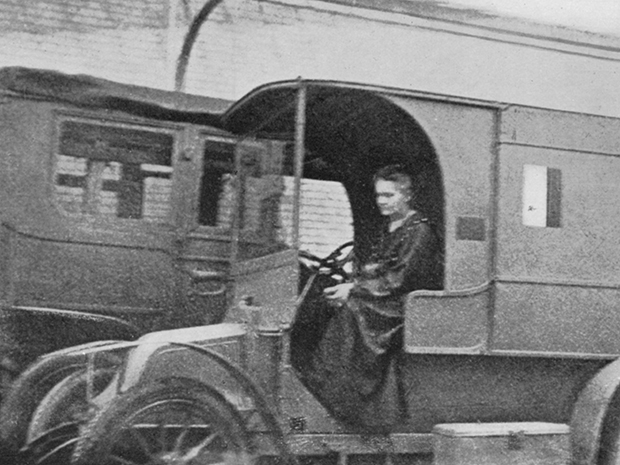If you want to see a tour de force of modern technology and design, there’s no need to visit a Silicon Valley showroom. Just feel around your desk for a few moments, and sooner or later you’ll lay a hand on it: the BIC Cristal ballpoint pen, which is described in the Primal Space video above as “possibly the most successful product ever made.” Not long after its introduction in 1950, the Cristal became ubiquitous around the world, so ideally did it suit human needs at a price that would have seemed impossibly cheap not so very long ago — to say nothing of the seventeenth century, when the art of writing demanded mastery of the quill and inkpot.
Of course, writing itself was of little use in those days to humanity’s illiterate majority. That began to change with the invention of the fountain pen, which was certainly more convenient than the quill, but still prohibitively expensive even to most of those who could read. It was only at the end of the nineteenth century, a heady age of American ingenuity, that an inventor called John Loud came up with the first ballpoint pen.
Though crude and impractical, Loud’s design planted the technological seed that would be cultivated thereafter by others, like Laszlo Biro, who understood the advantage of using oil-based rather than traditional water-based ink, and French manufacturer Marcel Bich, who had access to the technology that could bring the ballpoint pen to its final form.
Bich (the foreign pronunciation of whose surname inspired the brand name BIC) figured out how to use Swiss watchmaking machines to mass-produce tiny stainless steel balls to precise specifications. He chose to manufacture the rest of the pen out of molded plastic, a then-new technology. The Cristal’s clear body allowed the ink level to be seen at all times, and its hexagonal shape stopped it from rolling off desks. Its polypropylene lid wouldn’t break when dropped, and it doubled as a clip to boot. What did this “game changer” avant la lettre cost when it came to market? The equivalent of two dollars. As an industrial product, the BIC Cristal has in many respects never been surpassed (over 100 billion have been sold to date), even by the ultra-high-tech cellphones or tablets on which you may be reading this post. Bear that in mind the next time you’re struggling with one, patchily zigzagging back and forth on a page in an attempt to get the ink out that you’re sure must be in there somewhere.
Related content:
Montblanc Unveils a New Line of Miles Davis Pens … and (Kind of) Blue Ink
Based in Seoul, Colin Marshall writes and broadcasts on cities, language, and culture. His projects include the Substack newsletter Books on Cities and the book The Stateless City: a Walk through 21st-Century Los Angeles. Follow him on the social network formerly known as Twitter at @colinmarshall.



